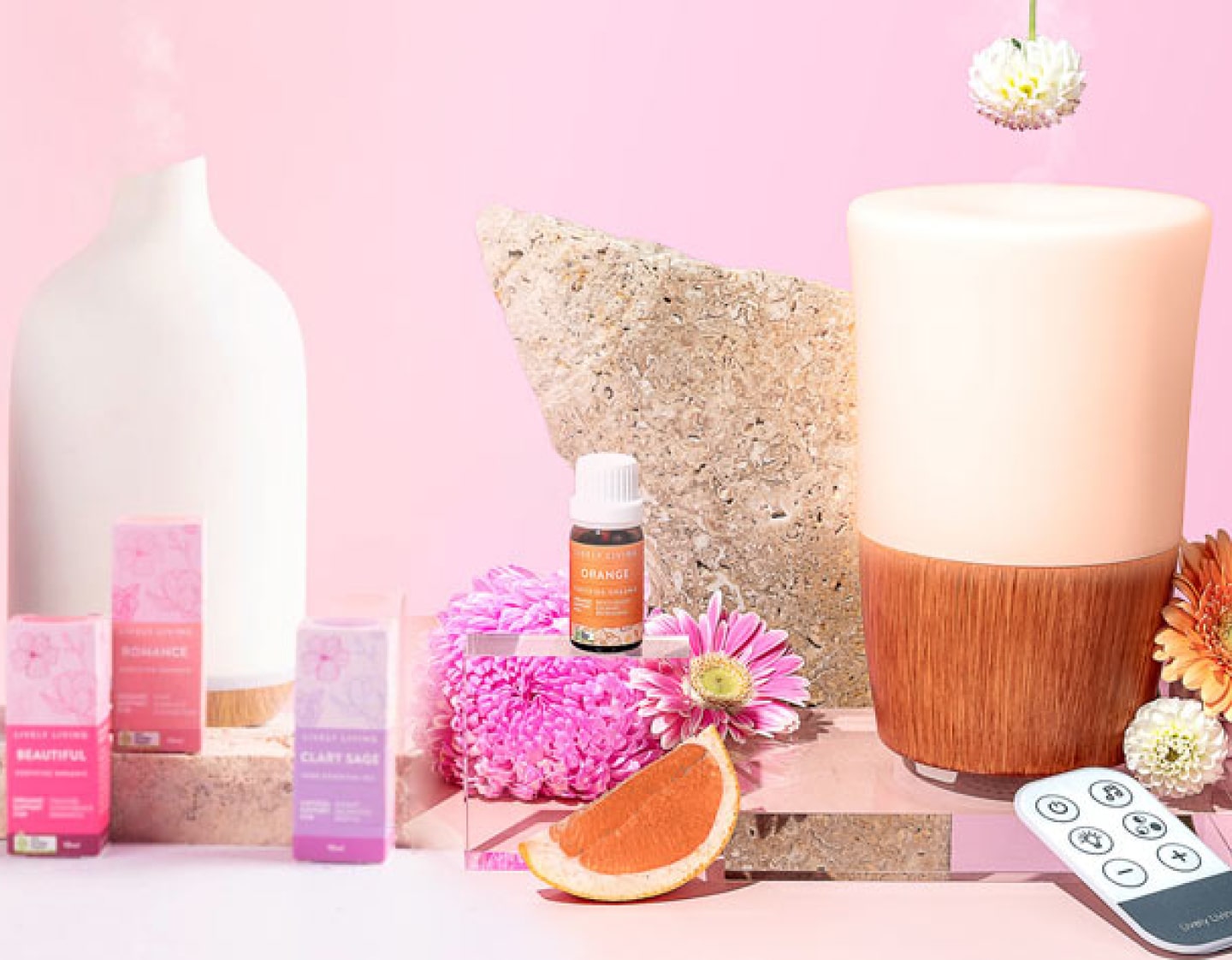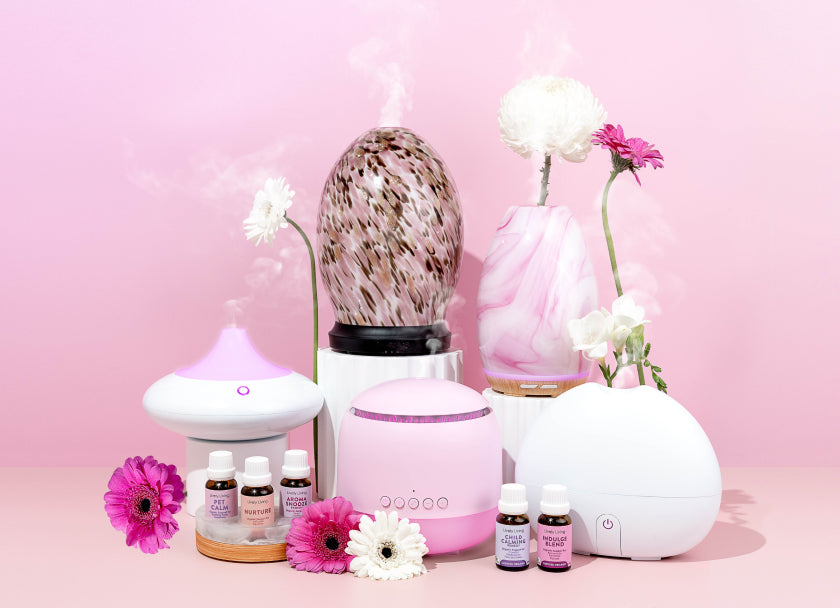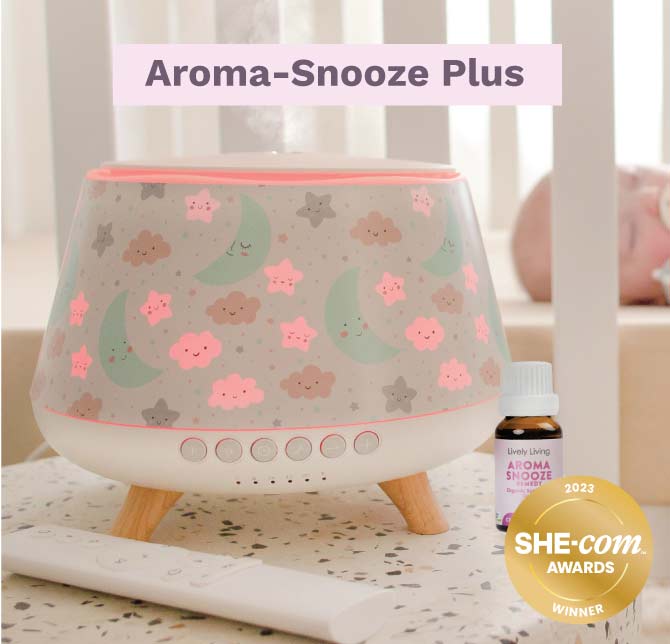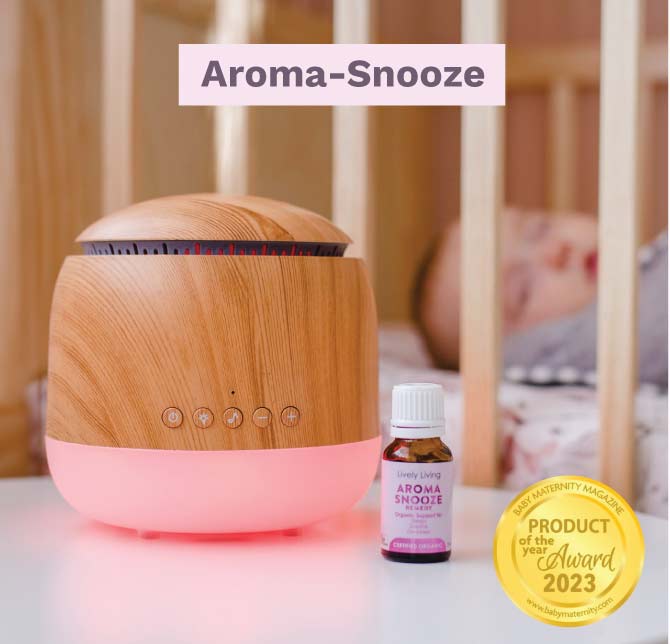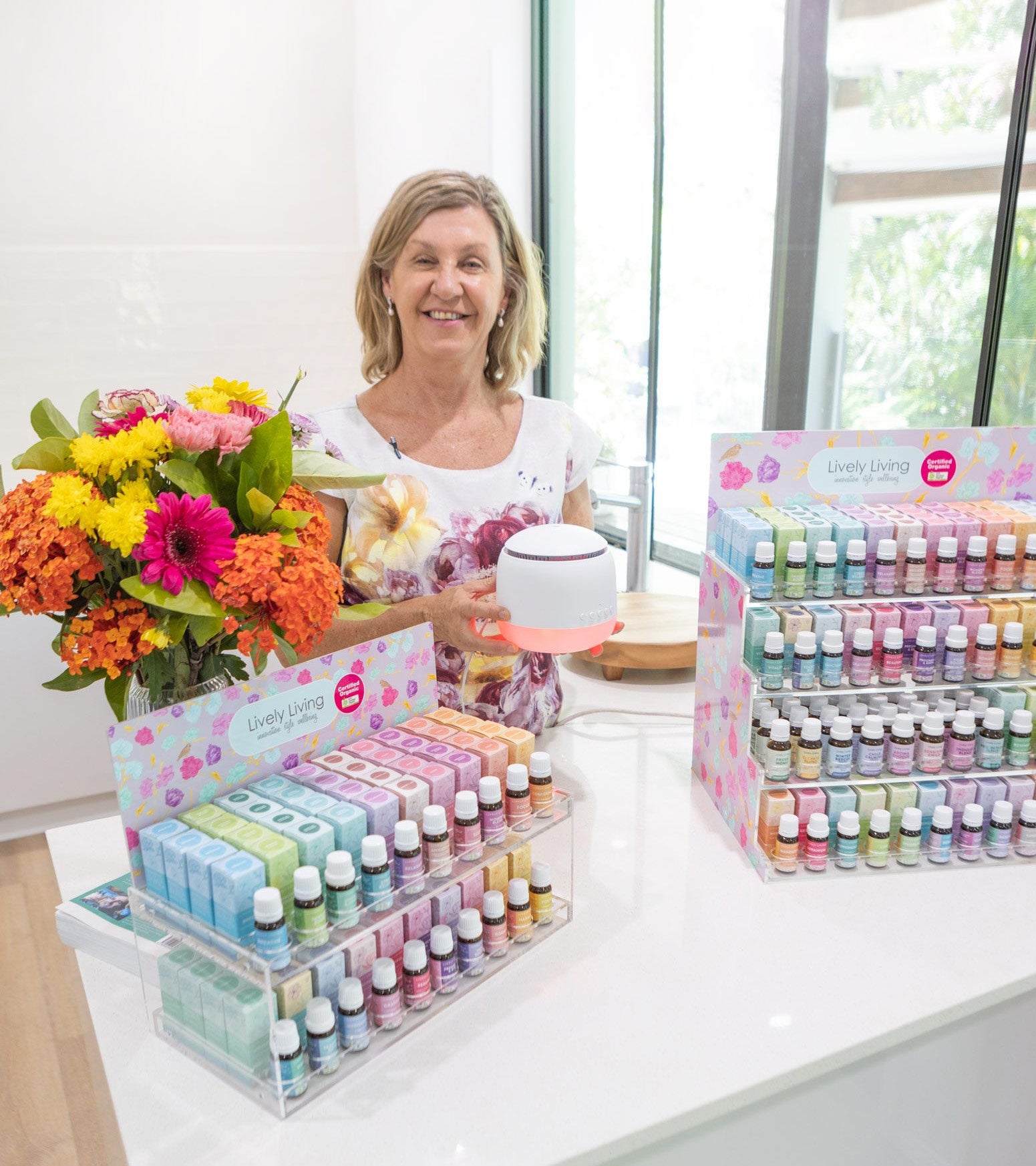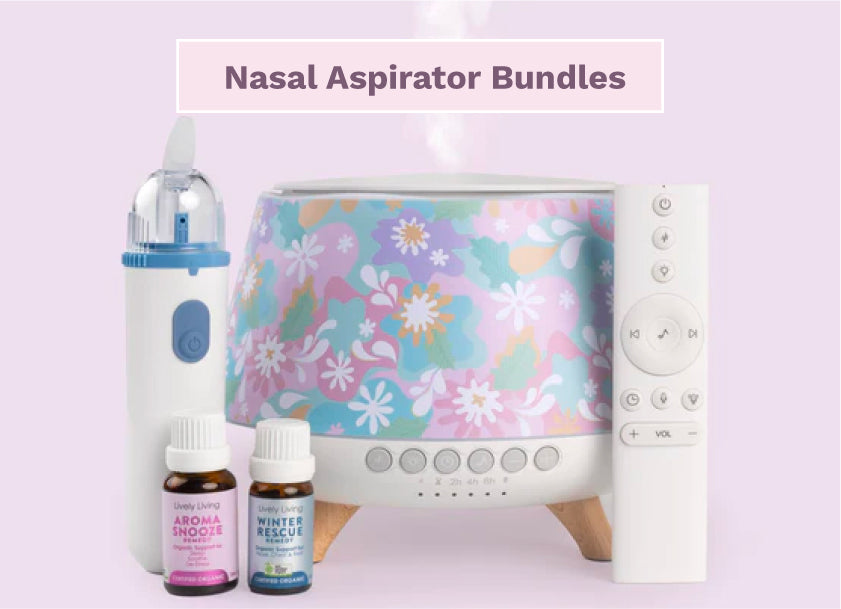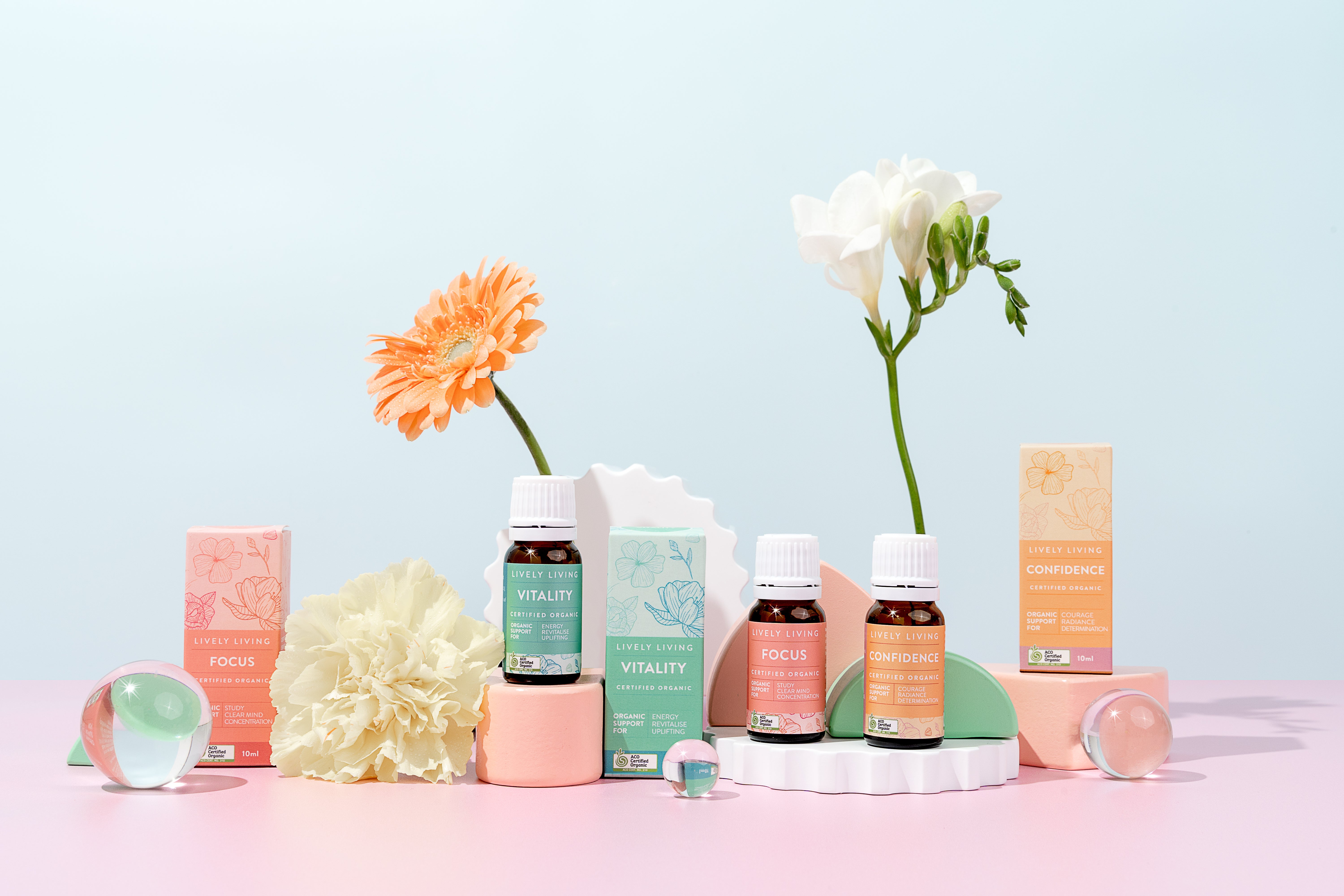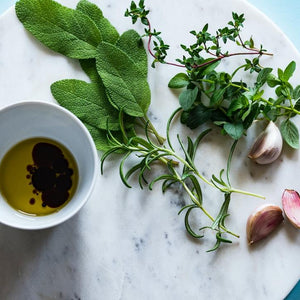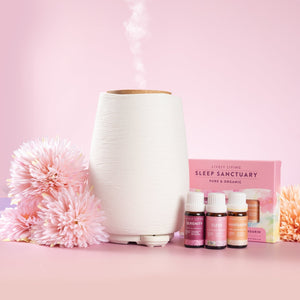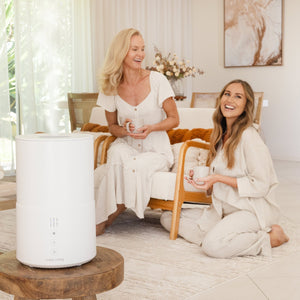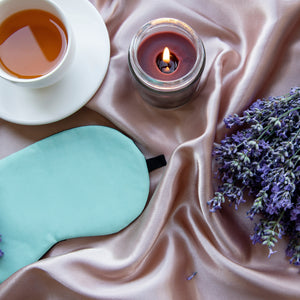Designing Your Signature Scent with Essential Oil Blends
Have you ever walked past someone and been captivated by their perfume? It feels so personal, so much a part of them. Designing Your Signature Scent with Essential Oil Blends lets you capture that same feeling, creating something that is completely you.
It is about more than just smelling good. It is about crafting an aroma that tells your story and makes a lasting impression without saying a word. This guide will help you start crafting natural perfume today.
Table Of Contents:
- Why Create Your Own Scent?
- Understanding Scent Notes
- A Simple Guide to Designing Your Signature Scent with Essential Oil Blends
- Beginner Blend Recipes to Try
- Conclusion
Why Create Your Own Scent?
Store-bought perfumes often have a long list of synthetic ingredients. You might not even recognize half the names on the label. This can be a concern if you have sensitive skin or prefer natural products for any other good reason.
Making your own scent gives you complete control over your perfume blend. You know exactly what's going into your oil blend. It is just pure essential oils and a carrier oil or base.
Plus, it is a creative process that is just plain fun. You get to play the part of a perfumer, mixing and matching oils until you land on something perfect. This scent will not be on anyone else; it is made by you, for you.
Understanding Scent Notes
Think of an essential oil blend like a piece of music. It has different notes that come together to create a harmonious blend. In perfumery, scents are broken down into three types of notes: top, middle, and base.
A balanced oil blend usually has all three. According to research on fragrance composition, this structure helps the scent evolve over time as you wear it. It makes the experience much richer.
Top Notes: Your First Impression
Top notes are the first scents you smell in an oil blend. They are light, fresh, and evaporate quickly, usually within 15-30 minutes. Think of them as the bright, attention-grabbing opening of your signature scent.
Common top notes include citrus notes like Lemon and Bergamot. You will also find herbal scents like Peppermint and Eucalyptus in this group. They add that initial burst of energy to your essential oil blend.
Middle Notes: The Heart of the Scent
Once the top notes fade, the middle notes appear. These are the 'heart' of your fragrance and make up its main body. They are usually warm, soft, and well-rounded.
This is where you will find most floral oils like Lavender, Jasmine, and Rose. Spicier oils like Cinnamon and Clove, along with herbaceous options like Clary Sage and Ylang Ylang, also sit comfortably in the middle. They tie the whole scent together.
Base Notes: The Lasting Foundation
Base notes are the final part of the fragrance to show up. They are deep, heavy, and last the longest on your skin. They anchor the lighter top and middle notes, giving your blend staying power.
These scents are often rich and earthy. Think of Sandalwood, Cedarwood, Vetiver, and Frankincense. The base notes add complexity and depth to your creation, forming its foundation.
A Simple Guide to Designing Your Signature Scent with Essential Oil Blends
Ready to start mixing? This is where your creativity comes alive. Do not be afraid to experiment; that is half the fun of creating signature scents.
You will need a few things to get started. You will want some essential oils from each note category, a carrier oil like jojoba or almond oil, and some small glass bottles. Amber glass bottles work best because they protect the oils from light.
Step 1: Pick Your Oils
Think about the smells you naturally love and what kind of scent profile you want to create. Are you drawn to florals, woods, or citrus? Start with a theme or feeling you want to capture, like creating an aroma that promotes positive feng shui in your personal space.
Choose one or two oils from each note category. To begin, it is good to keep it simple. You can always add more complexity to your natural perfumes later on.
Below is a table organizing oils by note and fragrance family to help you get started.
| Note Type | Fragrance Family Examples |
|---|---|
| Top Notes | Lemon (Citrus), Sweet Orange (Citrus), Grapefruit (Citrus), Peppermint (Minty), Bergamot (Citrus) |
| Middle Notes | Lavender (Floral), Geranium (Floral), Ylang Ylang (Floral), Clary Sage (Herbaceous), Rosemary (Herbaceous) |
| Base Notes | Cedarwood (Woody), Frankincense (Resinous), Sandalwood (Woody), Vetiver (Earthy), Patchouli (Earthy) |
Step 2: Follow the Blending Ratio
A good rule of thumb for blending is the 30-50-20 ratio. This helps you get a balanced scent. Your blend should be about 30% top notes, 50% middle notes, and 20% base notes.
So, if you were making a 10-drop blend, you would use:
- 3 drops of your top note oil(s).
- 5 drops of your middle note oil(s).
- 2 drops of your base note oil(s).
This is not a strict rule, but it is a great starting point. You can adjust the numbers based on your preference and the strength of your essential oils.
Step 3: Mix and Wait
Now it is time to mix. Add your drops directly into your empty amber glass bottle. It is often recommended to add the oils in order: first the base, then the middle, and finally the top notes.
After adding the essential oils, top the bottle off with your chosen carrier oil. Jojoba oil is a great option because its chemical structure is very similar to our skin's natural oils. Put the cap on and gently roll the bottle between your hands to mix everything.
The hardest part comes next: waiting. The scents need time to meld together. Let your blend sit in a cool, dark place for at least 24 hours, but a week is even better. The aroma will change and mature during this time.
Beginner Blend Recipes to Try
Feeling a little stuck? Here are a few simple recipes to get you going. You can mix these in a 10 ml roller bottle and then top with a carrier oil.
Earthy Woods Blend
- Top: 2 drops Bergamot
- Middle: 5 drops Cypress
- Base: 3 drops Cedarwood
This blend is grounding and calm. It smells like a walk through a quiet forest after it rains.
Sunny Citrus Blend
- Top: 4 drops Sweet Orange
- Middle: 4 drops Lavender
- Base: 2 drops Frankincense
This is a bright and uplifting scent. It feels cheerful and is perfect for lifting your spirits.
Sweet Floral Blend
- Top: 3 drops Grapefruit
- Middle: 5 drops Geranium
- Base: 2 drops Sandalwood
This recipe is soft and romantic. It is a classic floral scent with a modern twist.
Conclusion
The journey of designing your signature scent with essential oil blends is a personal one. There are no right or wrong answers, only what smells amazing to you. You get to express yourself through the power of scent, creating something truly your own.
So gather some pure essential oils, start experimenting, and have fun with the process. You might just create your new favorite natural perfume.
Lively Living is Australias leading brand of certified organic essential oils and diffusers.
Discover our range on line or reach out to our friendly team for support or any question yoiu may have.

